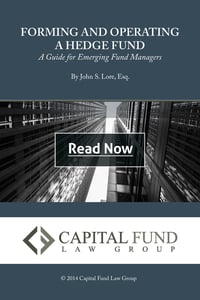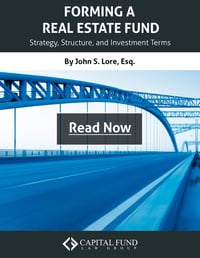Regulation D contains safe harbors that provide exemptions from federal registration. These include exemptions under Rules 504, Rule 505, and Rule 506. Rule 506 is the most commonly relied upon exemption in private offerings (accounting for more than 90% of offerings, according to SEC statistics).
Rule 506 Exemption
Rule 506 is governed by Section 4(a)(2) of the Securities Act of 1933 (the “Securities Act”). It permits a company to offer securities to an unlimited number of accredited investors and up to 35 non-accredited investors. Rule 506 offers many advantages to the other Regulation D exemptions.
Federal Preemption Over State Law
Rule 506 is unique among the Regulation D exemptions, in that with a properly prepared Regulation D offering, there is no need to register at the state level or find any state exemption. Congress has specifically preempted states’ authority to review securities exempted under Rule 506 or impose additional requirements through the National Securities Markets Improvement Act of 1996 (“NSMIA”). The NSMIA effectively took from the states their power to review an offering under Rule 506. States may only require that issuers submit a notice filing with the state and impose filing fees, typically between $200 – $700 per state.
Reduced Risk of Losing the Exemption
Additionally, if an offering made under Rule 506 is made to only accredited investors, the company making the offering will not lose its exemption from failure to make any prescribed disclosures. A private placement memorandum should be drafted carefully to protect the company from violations of the “anti-fraud” provisions under the Securities Act and the Exchange Act as well as state securities laws.
Advertising
In 2013 the SEC adopted final rules lifting the ban on general solicitation and advertising under Rule 506 for offerings in which the issuers took reasonable steps to verify that all purchasers of its securities qualified as accredited investors. This is now known as Rule 506(c), while non-advertised offerings are designated as Rule 506(b) offerings. Allowing advertisement in exempt private offerings is a major shift in the regulatory system, and presents opportunities to issuers never before available. However, the new regulations (as well as additional proposed regulations) will require additional burdens on issuers, which should be carefully considered. See our article: SEC Adopts JOBS Act Lifting Ban on Advertising for Private Placements for additional information.
In addition to Regulation D Rule 506, there are a number of less commonly used federal exemptions, including Regulation D Rule 504 and Rule 505, the SCOR offering and the Rule 147 Intrastate Offering Exemption. These offerings are used when an issuer has unique needs not met by Rule 506 (such as insufficient access to accredited investors).
State Exemptions
In addition to the federal exemptions, state securities laws, also known as blue sky laws, require issuers to either register their securities or find an applicable exemption. States may not impose additional registration requirements with respect to an offering relying on Rule 506 for federal and state exemption (other than to require a Form D filing). Some states have additional available exemptions that issuers can utilize.





